Agriculture has been the backbone of human civilization for thousands of years, providing the food and resources necessary for societies to flourish. As we move further into the 21st century, technology is poised to revolutionize the agricultural sector, bringing unprecedented advancements and efficiencies. This article explores the future of technology in agriculture, highlighting key trends and innovations that promise to reshape the industry.
Precision Agriculture
Precision agriculture represents a significant shift from traditional farming practices. By leveraging data-driven technologies, farmers can optimize their operations to increase yield and reduce waste. This approach relies on several technologies, including:
- GPS and GIS Systems: Global Positioning Systems (GPS) and Geographic Information Systems (GIS) allow farmers to map and monitor their fields with high precision. This data helps in making informed decisions about planting, watering, and fertilizing crops.
- Drones: Unmanned Aerial Vehicles (UAVs) equipped with high-resolution cameras and sensors can capture detailed images of crops and soil. These images help in identifying areas that need attention, such as pest infestations or nutrient deficiencies.
- Variable Rate Technology (VRT): VRT systems adjust the application rates of inputs like water, fertilizers, and pesticides based on real-time data. This ensures that resources are used efficiently, minimizing waste and environmental impact.
Automation and Robotics
The rise of automation and robotics is transforming agriculture by enhancing efficiency and reducing the need for manual labor. Key developments include:
- Autonomous Tractors: Self-driving tractors equipped with advanced sensors and AI can perform tasks such as plowing, planting, and harvesting without human intervention. This technology not only increases productivity but also reduces labor costs.
- Robotic Harvesters: Harvesting crops is a labor-intensive process, but robotic harvesters can perform this task with precision and speed. These machines are designed to handle delicate crops, such as fruits and vegetables, without damaging them.
- Automated Irrigation Systems: Modern irrigation systems use sensors and AI to monitor soil moisture levels and weather conditions. These systems automatically adjust watering schedules, ensuring that crops receive the optimal amount of water.
Data Analytics and Artificial Intelligence
Data analytics and artificial intelligence (AI) are revolutionizing agriculture by providing actionable insights and enabling predictive capabilities. Some key applications include:
- Predictive Analytics: By analyzing historical data and current conditions, AI algorithms can predict crop yields, pest outbreaks, and disease risks. This allows farmers to take proactive measures and make informed decisions.
- Machine Learning: Machine learning algorithms can analyze vast amounts of data from sensors, drones, and other sources to identify patterns and trends. This helps in optimizing crop management practices and improving overall farm efficiency.
- Decision Support Systems: AI-powered decision support systems provide farmers with real-time recommendations on various aspects of farm management, such as planting schedules, fertilization rates, and pest control strategies.
Biotechnology and Genetic Engineering
Biotechnology and genetic engineering are advancing the development of crops that are more resilient, nutritious, and productive. Key innovations include:
- Genetically Modified Organisms (GMOs): GMOs are engineered to possess desirable traits, such as resistance to pests, diseases, and environmental stressors. These modifications can lead to higher yields and reduced need for chemical inputs.
- CRISPR Technology: The CRISPR-Cas9 gene-editing technique allows for precise modifications to plant DNA. This technology holds promise for creating crops with improved traits, such as enhanced nutritional content or increased drought tolerance.
- Biofortification: Biofortification involves breeding crops to increase their nutritional value. This can help address micronutrient deficiencies in populations that rely heavily on staple crops.
Sustainable Practices and Environmental Impact
As technology advances, there is a growing emphasis on sustainability and minimizing the environmental impact of agriculture. Key areas of focus include:
- Regenerative Agriculture: This approach aims to restore soil health, enhance biodiversity, and improve water retention. Techniques such as cover cropping, reduced tillage, and crop rotation are used to achieve these goals.
- Vertical Farming: Vertical farming involves growing crops in stacked layers or vertically inclined surfaces. This method reduces the need for large land areas and allows for efficient use of resources such as water and nutrients.
- Renewable Energy: The integration of renewable energy sources, such as solar and wind power, into agricultural operations can reduce reliance on fossil fuels and lower greenhouse gas emissions.
Challenges and Considerations
While the future of technology in agriculture holds great promise, several challenges must be addressed:
- Data Security and Privacy: The collection and sharing of agricultural data raise concerns about data security and privacy. Ensuring that data is protected and used responsibly is essential for maintaining trust in these technologies.
- Cost and Accessibility: Advanced agricultural technologies can be costly, potentially creating a divide between large-scale and small-scale farmers. Efforts should be made to ensure that these technologies are accessible to all farmers, regardless of their scale.
- Regulatory and Ethical Issues: The adoption of new technologies, particularly genetic engineering and GMOs, often involves regulatory and ethical considerations. It is important to navigate these issues carefully to ensure that technologies are used safely and responsibly.
Conclusion
The future of technology in agriculture is bright and full of potential. From precision agriculture and automation to data analytics and biotechnology, these advancements are set to revolutionize the industry. As we continue to innovate and integrate new technologies, it is crucial to address the associated challenges and work towards a sustainable and equitable future for all. With the right approach, technology has the power to transform agriculture, ensuring food security and sustainability for generations to come.

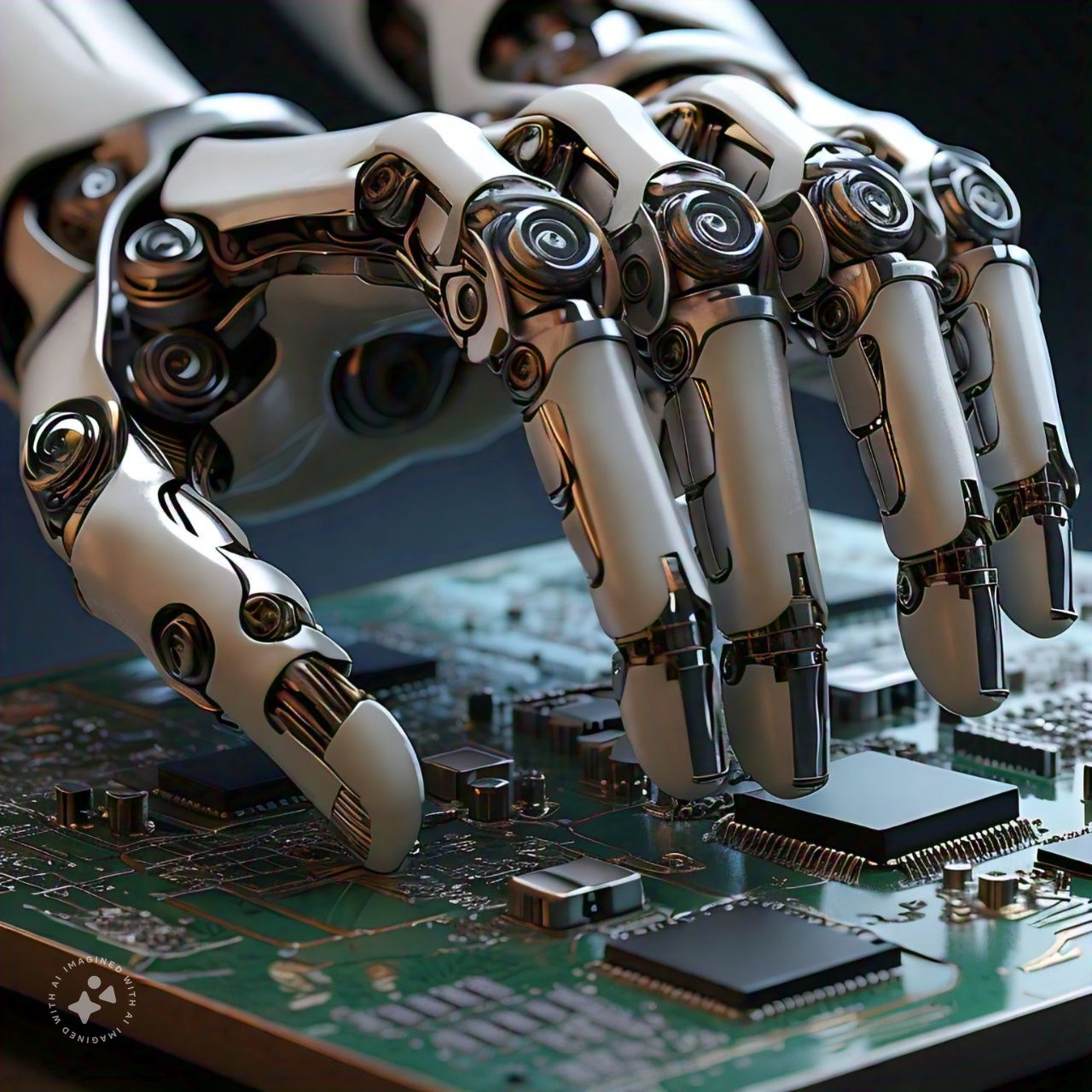




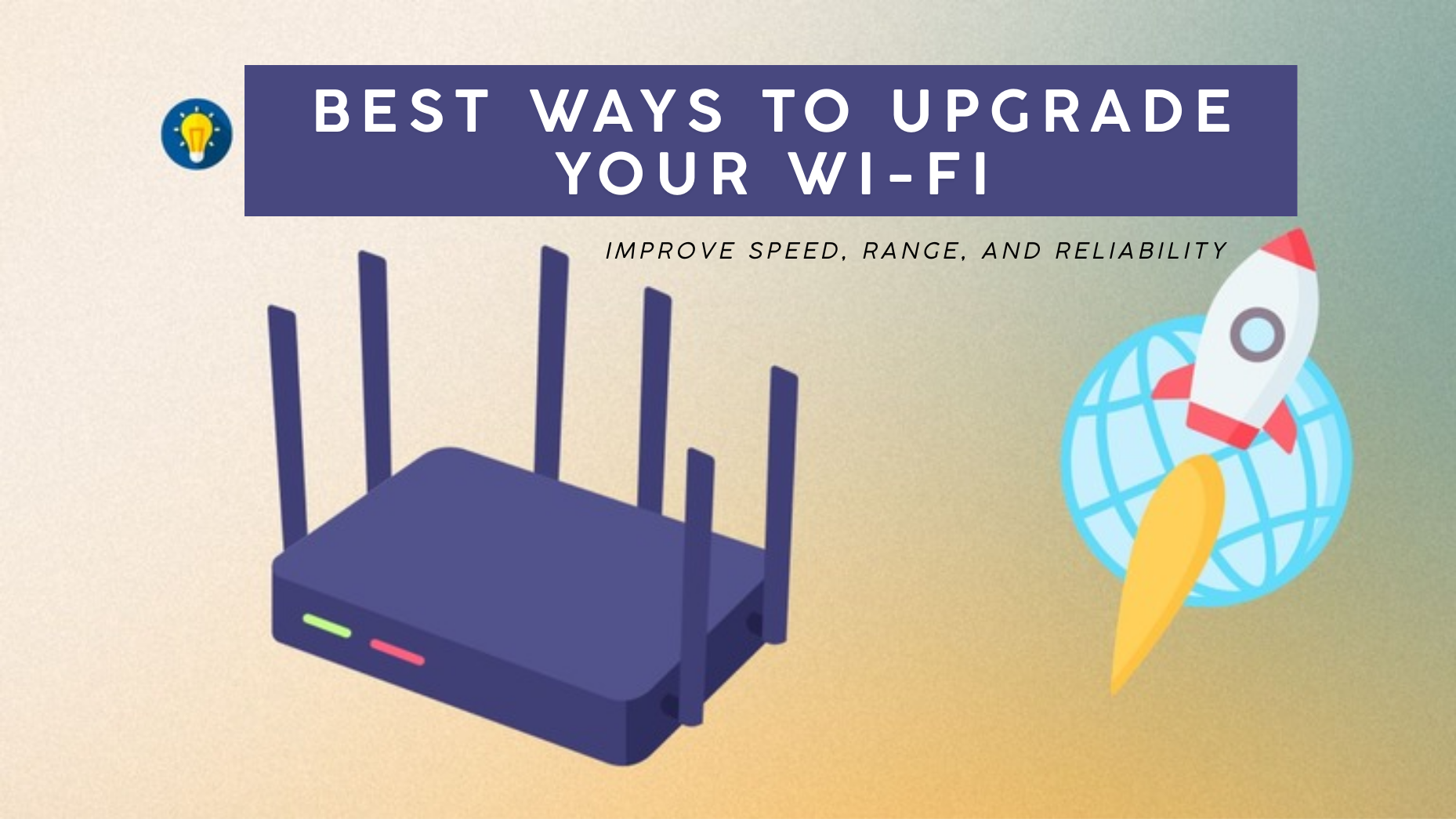



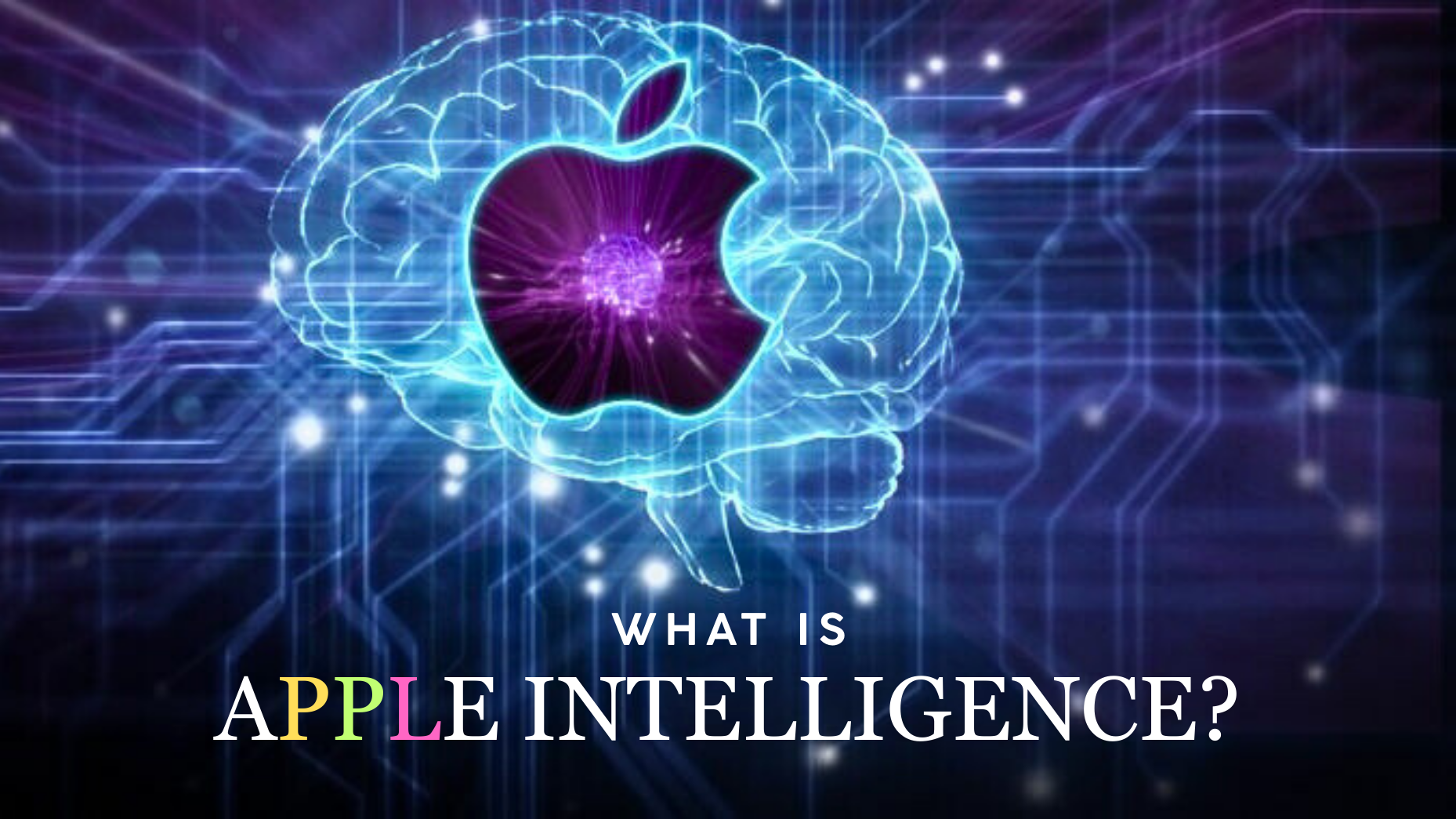
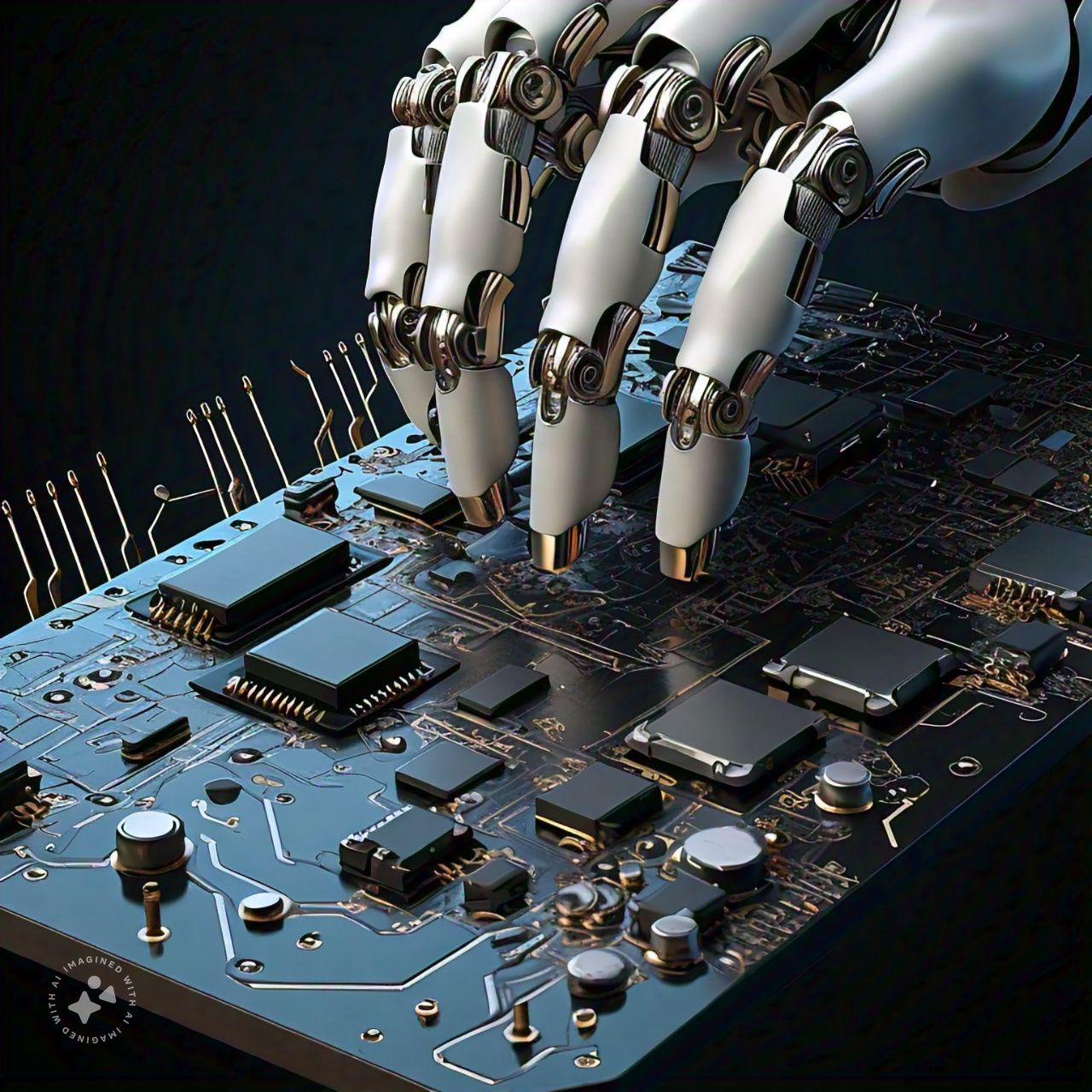

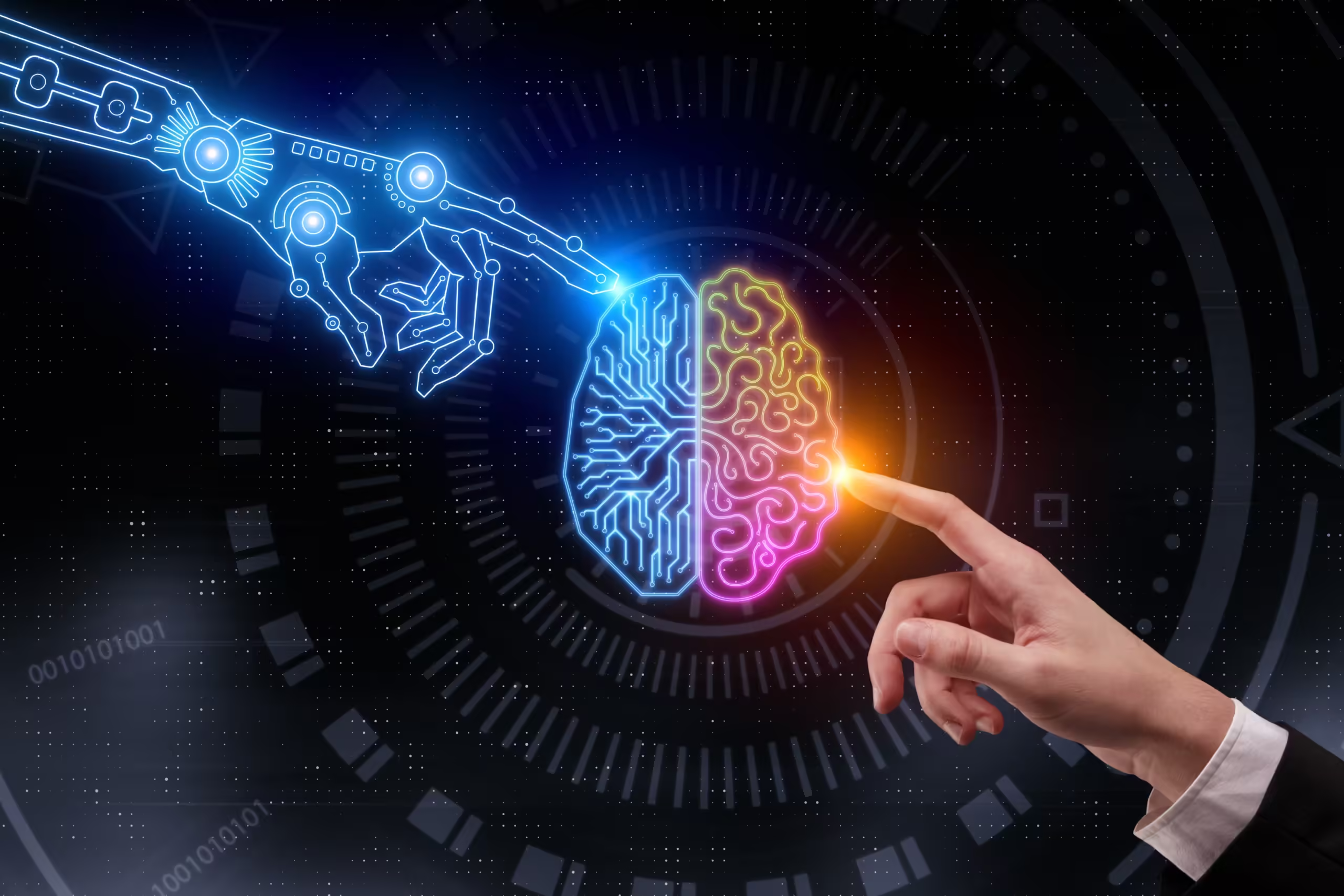
Leave a Reply